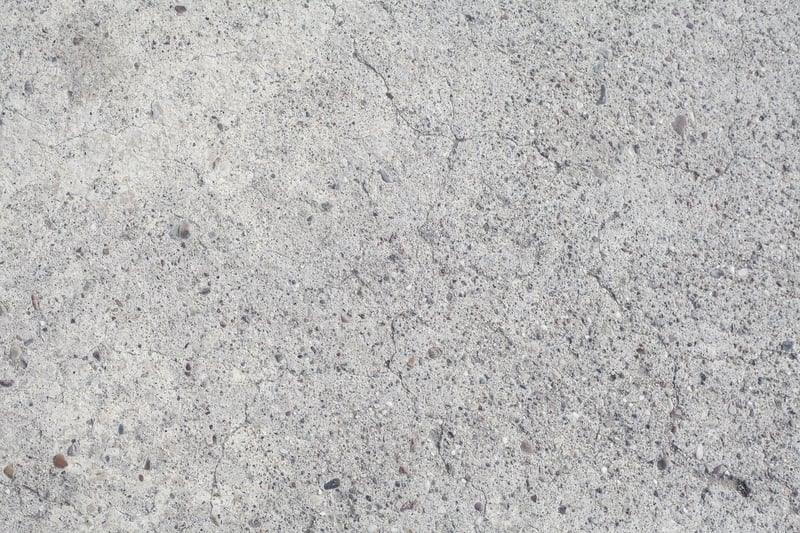Soil composition
How to Nurture Your Plants and Understand Soil Composition
Nurturing Your Plants
Plants are living organisms that require proper care to thrive. Whether you are a seasoned gardener or just starting, understanding the basics of plant care is crucial for healthy and vibrant plants. Here are some essential tips to help you nurture your plants:
- Watering: Ensure your plants receive an adequate amount of water. Overwatering can lead to root rot, while underwatering can cause wilting. Check the soil moisture regularly and adjust your watering schedule accordingly.
- Light: Different plants have varying light requirements. Some plants thrive in direct sunlight, while others prefer shade. Place your plants in locations where they can receive the appropriate amount of light.
- Fertilizing: Provide your plants with the necessary nutrients by fertilizing them regularly. Choose a fertilizer that is suitable for the specific type of plant you are growing.
- Pruning: Regularly prune your plants to promote healthy growth and remove dead or damaged parts. Pruning also helps maintain the shape and appearance of your plants.
- Pest Control: Keep an eye out for pests that may damage your plants. Use organic pest control methods whenever possible to protect your plants without harming the environment.
Understanding Soil Composition
Soil composition plays a vital role in the growth of plants. Different types of plants require different soil compositions to thrive. Understanding the basics of soil composition can help you create an optimal environment for your plants. Here are the key components of soil composition:
- Organic Matter: Organic matter such as compost enriches the soil with nutrients and improves its structure.
- Sand: Sandy soil provides good drainage but may not retain nutrients well.
- Clay: Clay soil retains moisture and nutrients but may drain poorly.
- Silt: Silty soil is smooth to the touch and retains moisture while still providing good drainage.
- Loam: Loamy soil is a balanced mixture of sand, silt, and clay, providing good drainage and nutrient retention.
By understanding the composition of your soil and the needs of your plants, you can create a healthy and thriving garden. Remember to regularly test your soil and make any necessary amendments to ensure optimal growth.


Remember, each plant is unique, so observe and learn the specific needs of the plants you are caring for. With the right knowledge and care, your plants will flourish and bring beauty to your surroundings.
